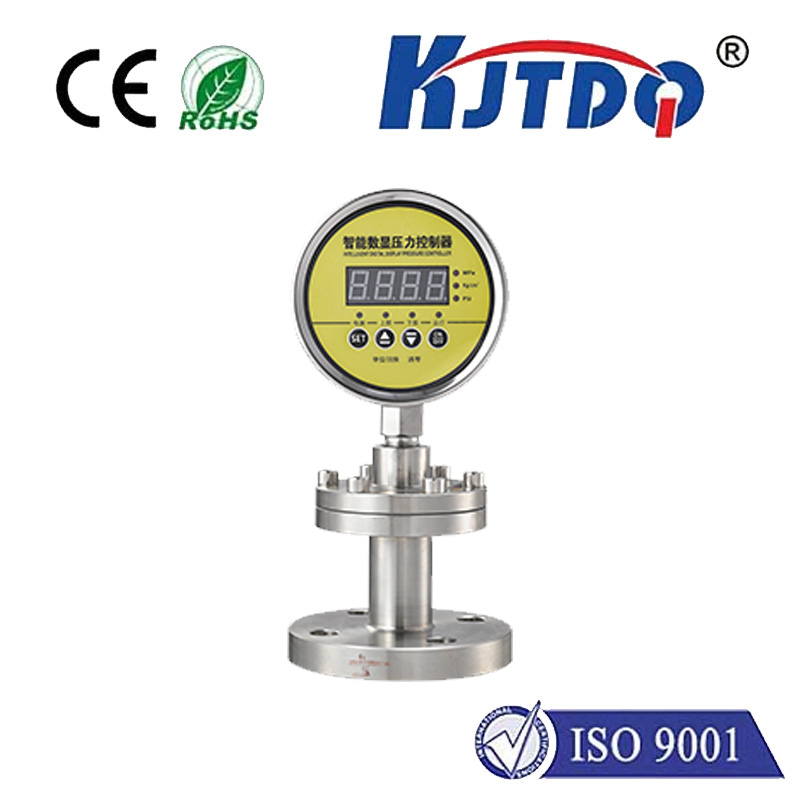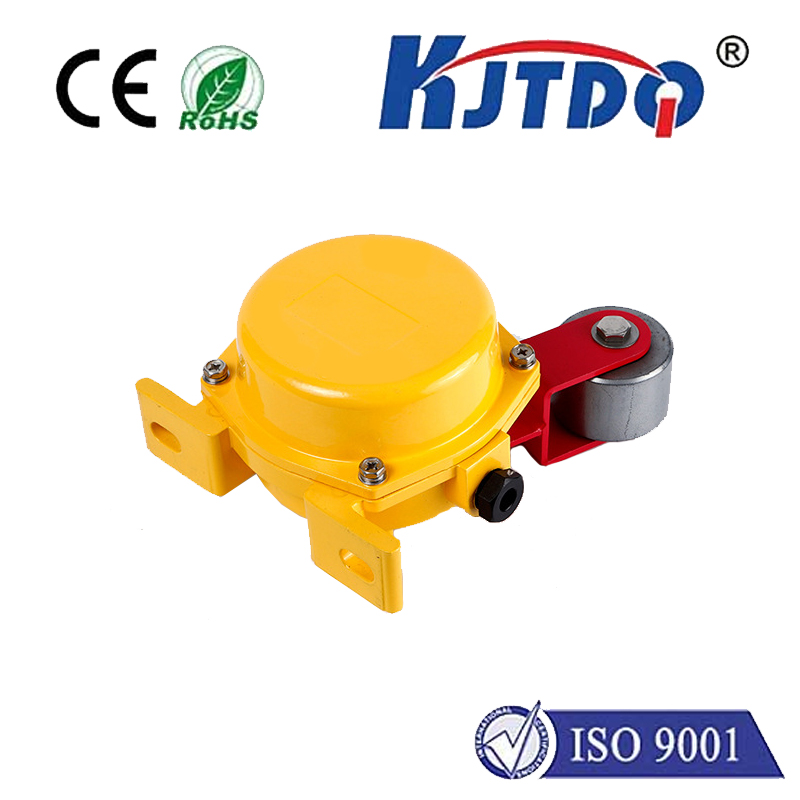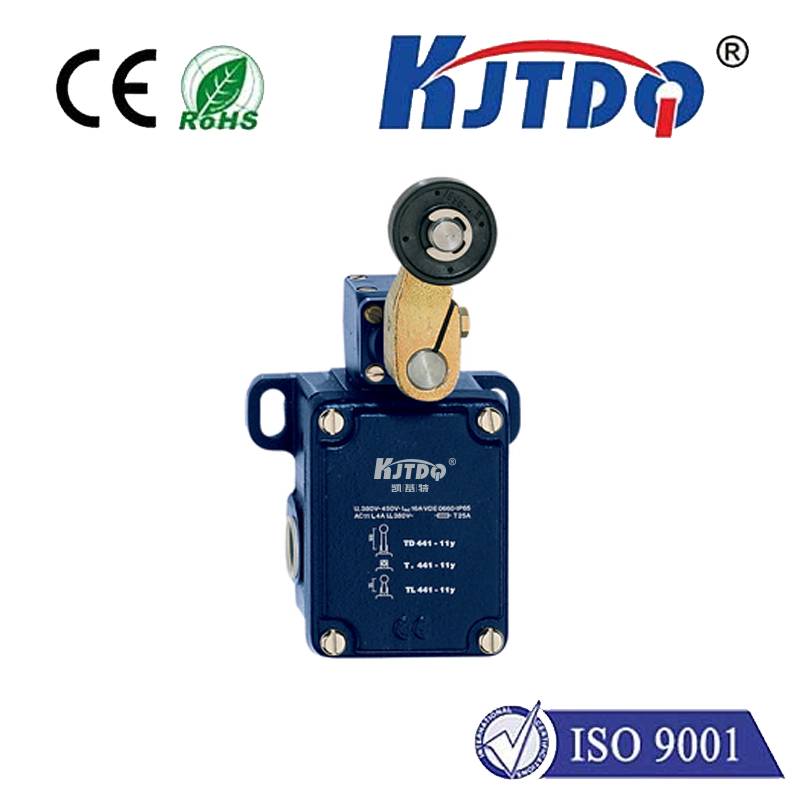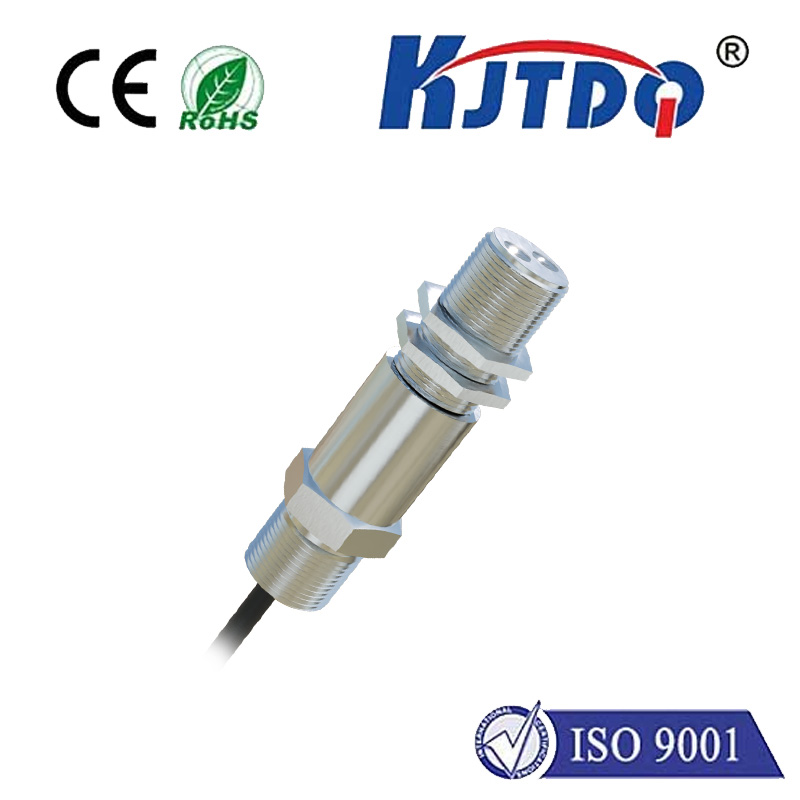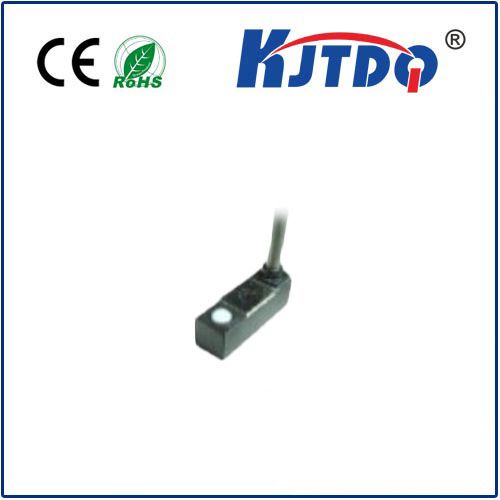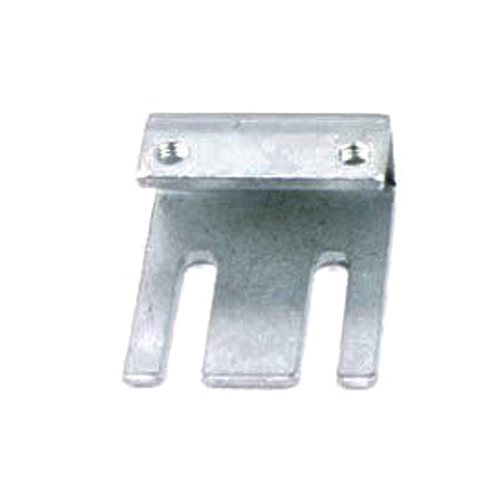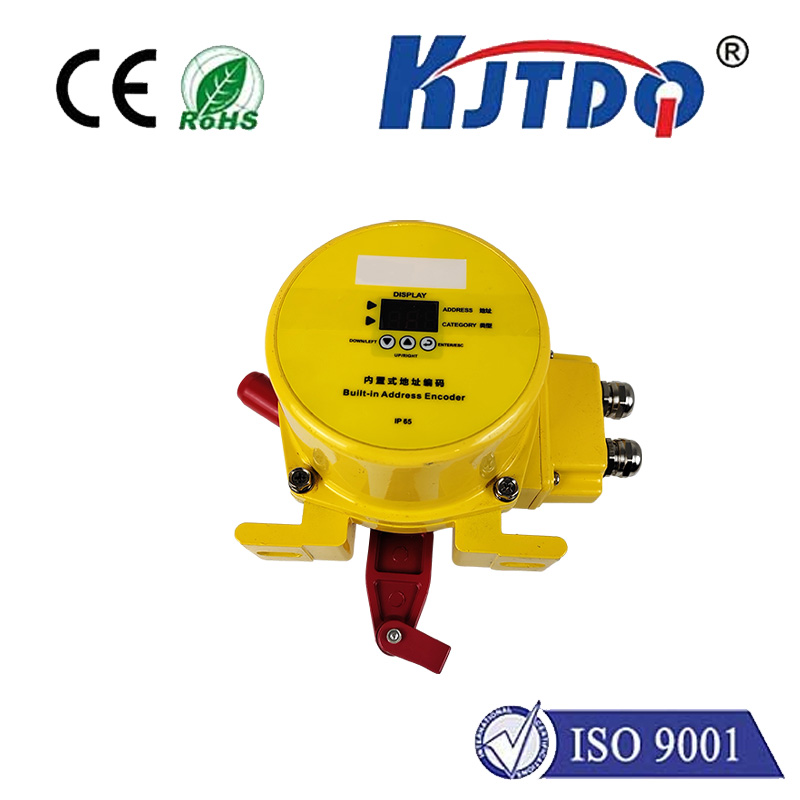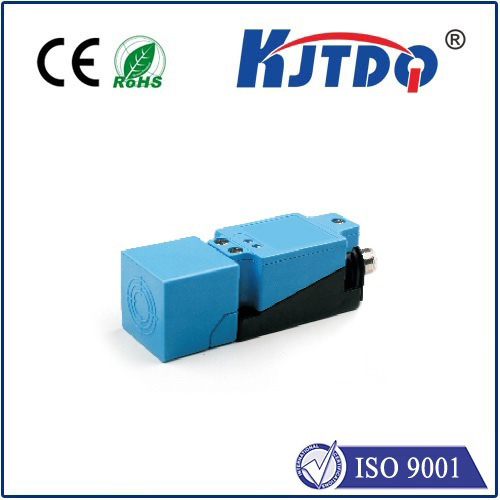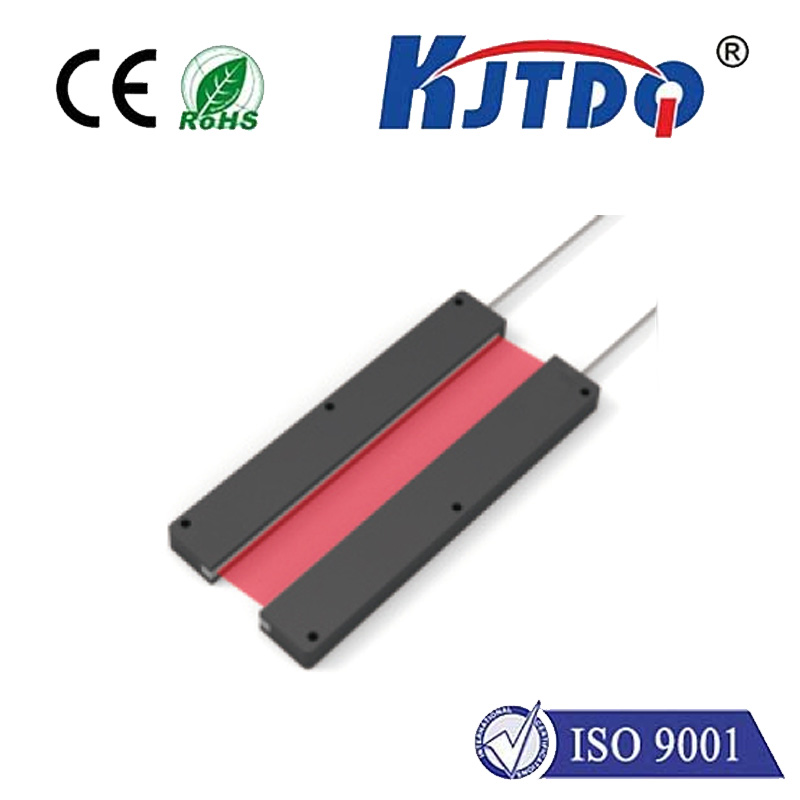

check

check

check

check

check

check

check

check

check

check
Title: The Importance of Limit Switches in Crane Operations
Introduction
Crane operations are critical in various industrial and construction settings, where heavy loads need to be moved safely and efficiently. One of the essential components that ensure crane safety is the limit switch. In this article, we will explore the importance of limit switches in crane operations and how they contribute to overall workplace safety.
What Is a Limit Switch?

A limit switch is an electrical device used to detect the presence or absence of an object within its sensing range. In cranes, limit switches are installed at strategic locations to monitor and control the movement of the crane's boom, hook, or trolley. When the crane reaches a certain point or limit, the limit switch is activated, signaling the crane's control system to stop or reverse direction. This prevents accidents caused by overextending or exceeding safe operating limits.
Safety First
The primary function of a limit switch in cranes is to enhance safety. By preventing the crane from moving beyond its designated boundaries, it reduces the risk of collisions with other objects or structures on-site. Additionally, it helps prevent operator errors, such as accidentally lifting a load too high or lowering it too low, which can cause damage to the load or create hazardous working conditions for personnel on the ground.
Efficiency and Productivity
Apart from safety, limit switches also play a crucial role in improving efficiency and productivity in crane operations. By ensuring that the crane operates within its designated limits, limit switches help maintain smooth and consistent movements, reducing downtime and increasing overall productivity. Furthermore, by minimizing potential accidents and damage to equipment or property, limit switches help reduce costly repairs and maintenance expenses.
Maintenance and Troubleshooting
Like any mechanical component, limit switches require regular maintenance and inspection to ensure they are functioning correctly. Regular cleaning and lubrication of the switch contacts can prolong their lifespan and prevent malfunctions. Additionally, troubleshooting should be performed if a crane's operation is affected by a suspected faulty limit switch. This may involve checking for proper alignment, wiring issues, or replacing damaged parts.
Conclusion
In conclusion, limit switches are essential components of crane operations that contribute significantly to workplace safety, efficiency, and productivity. By monitoring and controlling crane movements within designated limits, limit switches help prevent accidents, minimize downtime, and reduce repair costs. Proper maintenance and troubleshooting are crucial to ensure that these devices continue to function effectively, safeguarding both operators and equipment alike.
